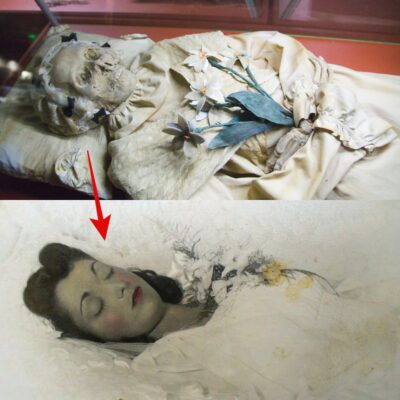The ancient Sumerian city of Ngirsu (or G̃irsu) , located approximately halfway between the modern cities of Baghdad and Basra in southern Iraq, was one of the world’s first known cities .
At least five thousand years ago, Ngirsu became the capital of the kingdom of Lagash , a sacred metropolis dedicated to the heroic Sumerian god Ningirsu, and continued to be its religious center after political power moved to the city of Lagash.

Ngirsu was the place where evidence of the Sumerian civilization was first discovered in the form of thousands of cuneiform tablets with records of the city’s economic, administrative and commercial affairs. More than fifty years of excavations at this mega archaeological site have brought to light some of the most important monuments of Sumerian art and architecture, including a 4,000-year-old bridge built of baked brick, the oldest bridge discovered in the world to date .
Aerial view of Ngirsu Bridge, by the British Museum.
Ngirsu was first excavated by a team of French archaeologists in 1877, which was somewhat unfortunate as the site was excavated too early before modern excavation and preservation techniques had been invented . The French were also not very interested in following protocol and paid little attention to the preservation of architectural remains .
On the other hand, treasure hunters looted large quantities of tablets and other artifacts and sold them to collectors. It is estimated that between 35,000 and 40,000 tablets were looted from Ngirsu and subsequently appeared on the market , as opposed to only 4,000 tablets excavated by the French.
The Ngirsu Bridge was first discovered in the 1920s . At the time it was variously interpreted as a temple, a dam and a water regulator. It was only recently that the structure was identified as a bridge over an ancient water channel. Since the excavation almost a century ago, the bridge has remained open and exposed to the elements , with no conservation efforts or plans to manage the site.
The modern Arabic name for Ngirsu is Tello, and this site is currently being used by the British Museum, with funding from the UK government, to train Iraqi archaeologists in cultural heritage management and practical fieldwork skills. According to a recent announcement made by the museum, the restoration of the 4,000-year-old bridge will be part of the training program .











